Madagascar: A Land Out of Balance
This project explores the profound challenges facing Madagascar as its people struggle to survive in the face of environmental degradation, poverty, and limited resources. Through a grant from the 2010 Prix Pictet Commission, this project highlights the intricate ties between the Malagasy people and their environment. With over 70% of the population relying on Madagascar's depleted forests for survival and 90% of their forests gone, the nation faces a dire cycle of poverty and resource depletion. Illegal practices like slash-and-burn agriculture and overfishing are compounding the crisis, forcing communities into overcrowded urban centers ill-equipped to support their needs.
Photographs by: Ed Kashi
Role: Photo Editor

Growing poverty and land scarcity continue to take their toll on the Malagasy. A rice farmer plants rice, an essential and sacred part of the Malagasy people’s daily nutrition. © Photo by Ed Kashi
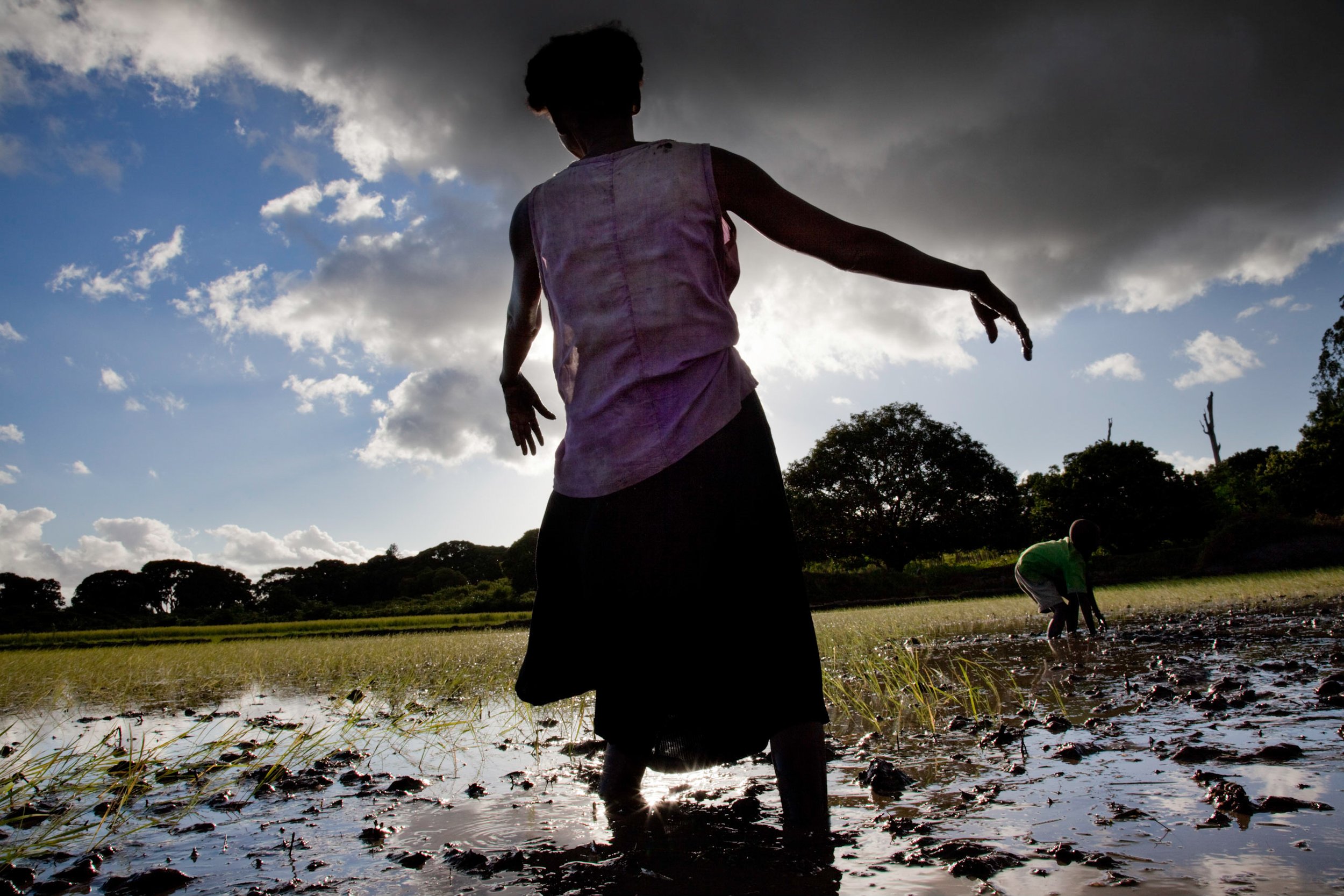
Local people plant rice in flooded fields. For the Malagasy, rice represents life, an essential and sacred part of one's daily nutrition. © Photo by Ed Kashi

In the fishing village of Sainte Luce, fishermen return at dawn with their catch—mainly lobsters and assorted fish. The lobsters are destined for export to Europe, but dwindling catches force the fishermen to venture farther out to sea than ever before. This shift not only makes their work more dangerous but also underscores the growing threat to their way of life. © Photo by Ed Kashi
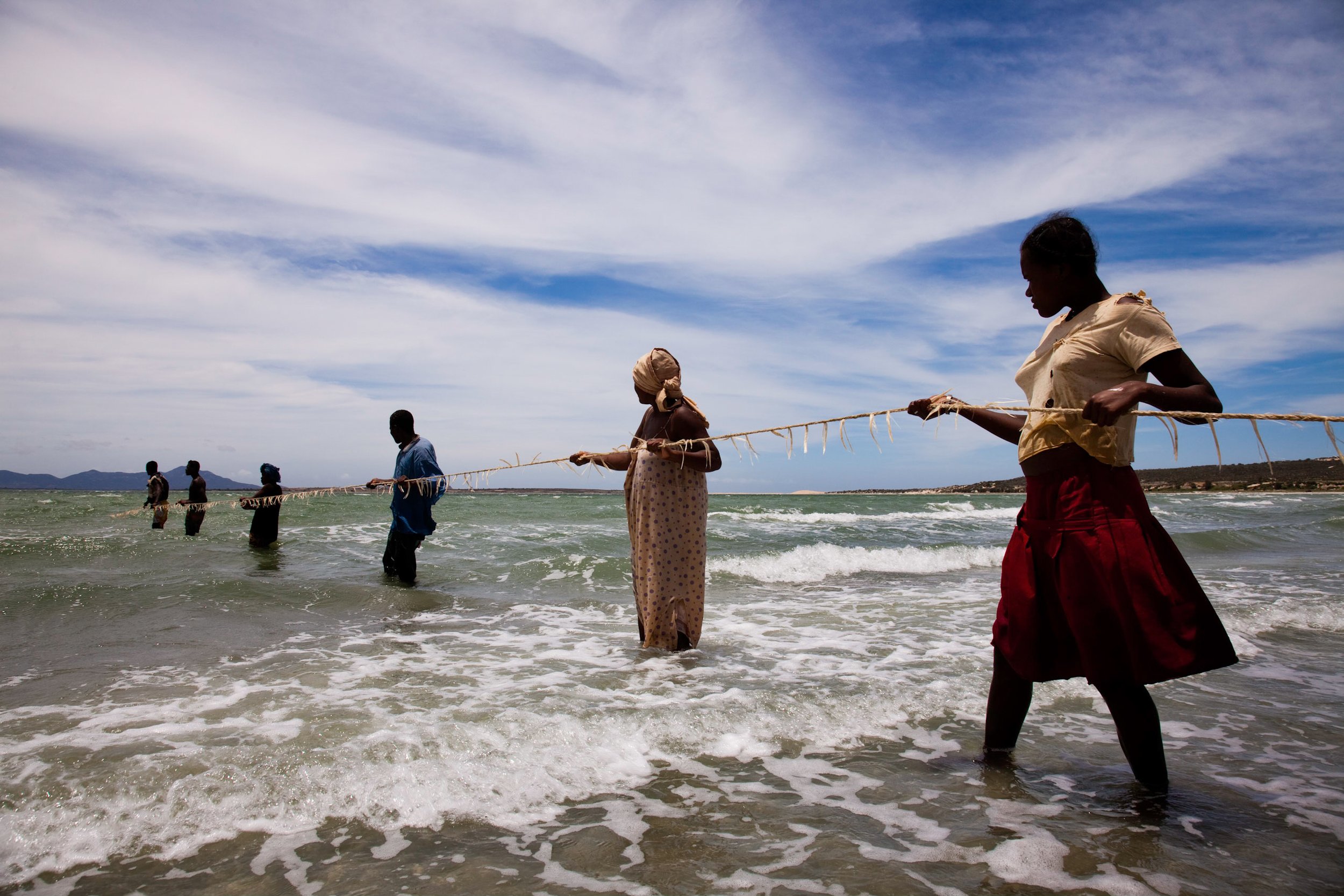
Local villagers fish for saifotsy in the Anony Lake, an estuary fed by the ocean. The sisal rope comes from local plantations owned by foreigners and ex-pats that use a disproportionate amount of water and exacerbate water shortages in nearby villages. © Photo by Ed Kashi

Fish runners are generally men who pack their baskets with the fresh catches of the day and then run for more than 3 miles to get them to trucks that will take the fish to markets around this part of Madagascar. © Photo by Ed Kashi
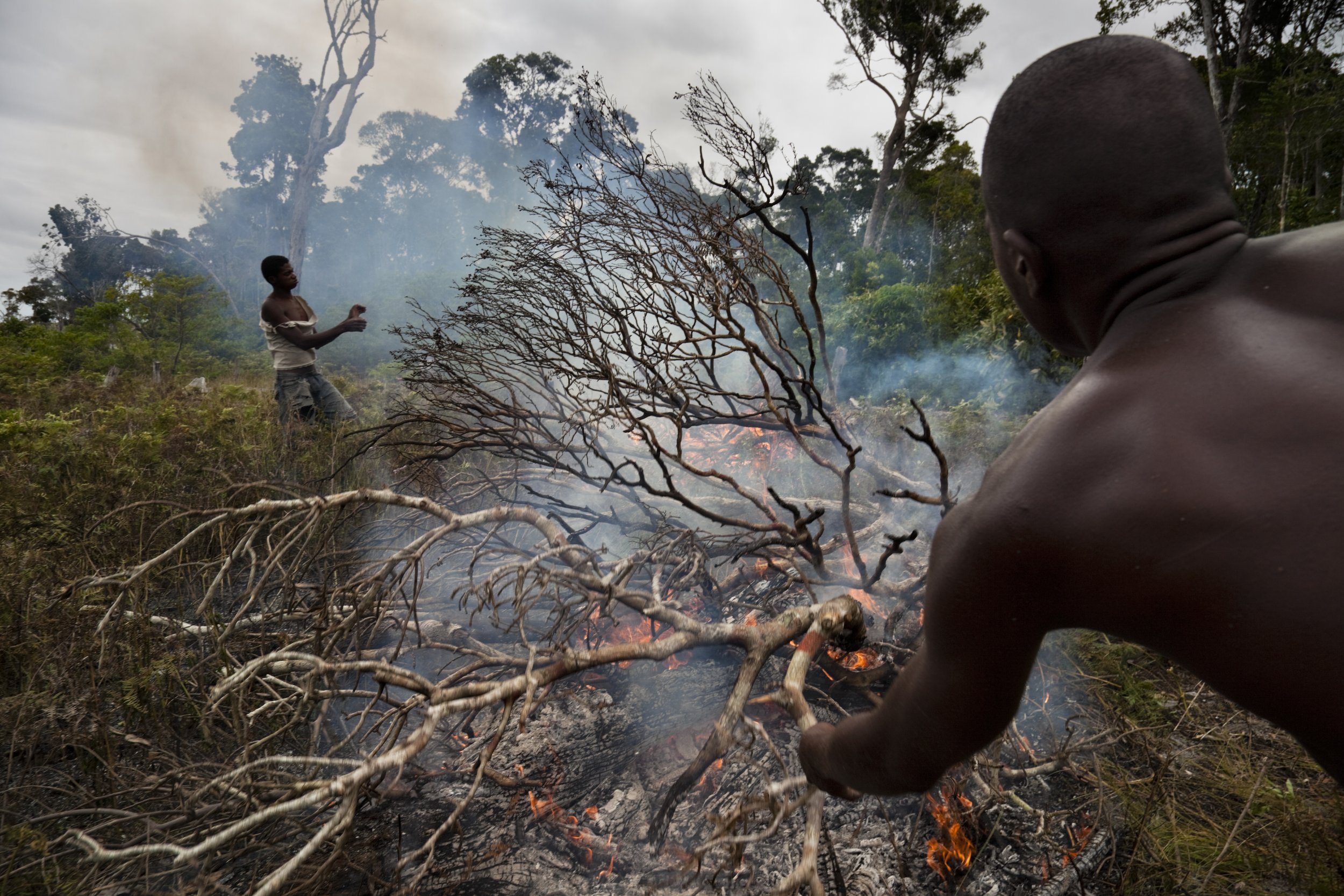
In Analavinaky, and all over Madagascar, farmers practice tavy, an illegal slash and burn agriculture that continues to cause massive reductions in their forests. Local people must go further and further out from their villages to collect wood for their buildings and fires. © Photo by Ed Kashi

Tavy, or burning of the forest to clear for planting, is illegal but local farmers continue to do this despite the massive reductions of their forests. This tavy is in Manindry Havia. In the distance is one of the few remaining native forests of the region. As the people cut and burn more of their forests, they must go further and further out from their villages to collect wood for their buildings and fires. © Photo by Ed Kashi

In the middle of the forest a crew of independent coal producers prepare another mound for burning and cooking wood into coal. They also saw trees that they’ve just cut down. This activity is a serious problem for the forest and is part of the problem of unabated tree cutting and forest reduction. © Photo by Ed Kashi
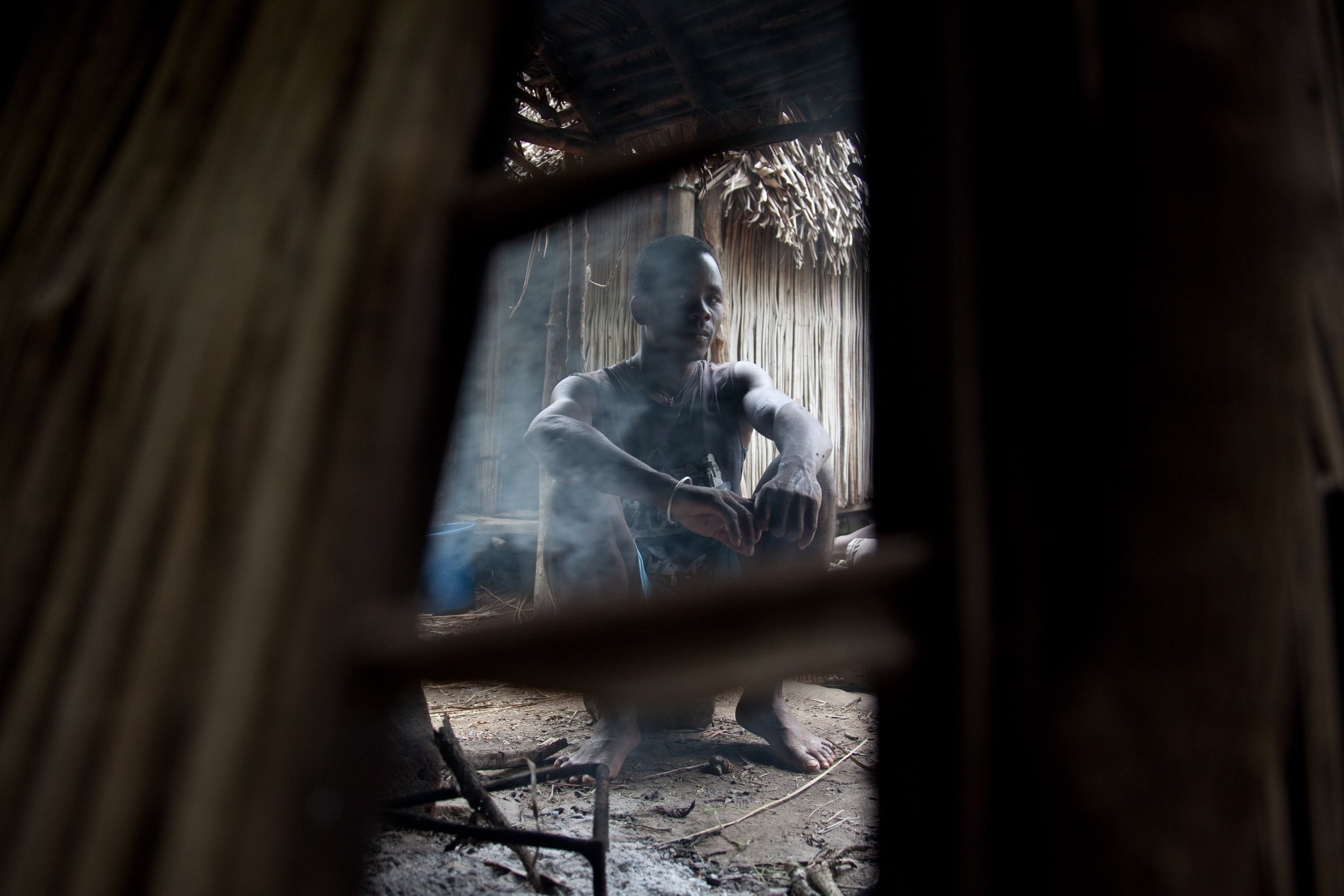
A villager tends to a clay stove donated by Azafady, in Belavenoka, Madagascar on Jan. 11, 2010. The new stoves are more fuel efficient requiring less wood, which saves the villagers from over-exploiting the forest. © Photo by Ed Kashi

Quarrying rock has become another source of income for the locals and is yet another resource from the land on which the people rely. © Photo by Ed Kashi
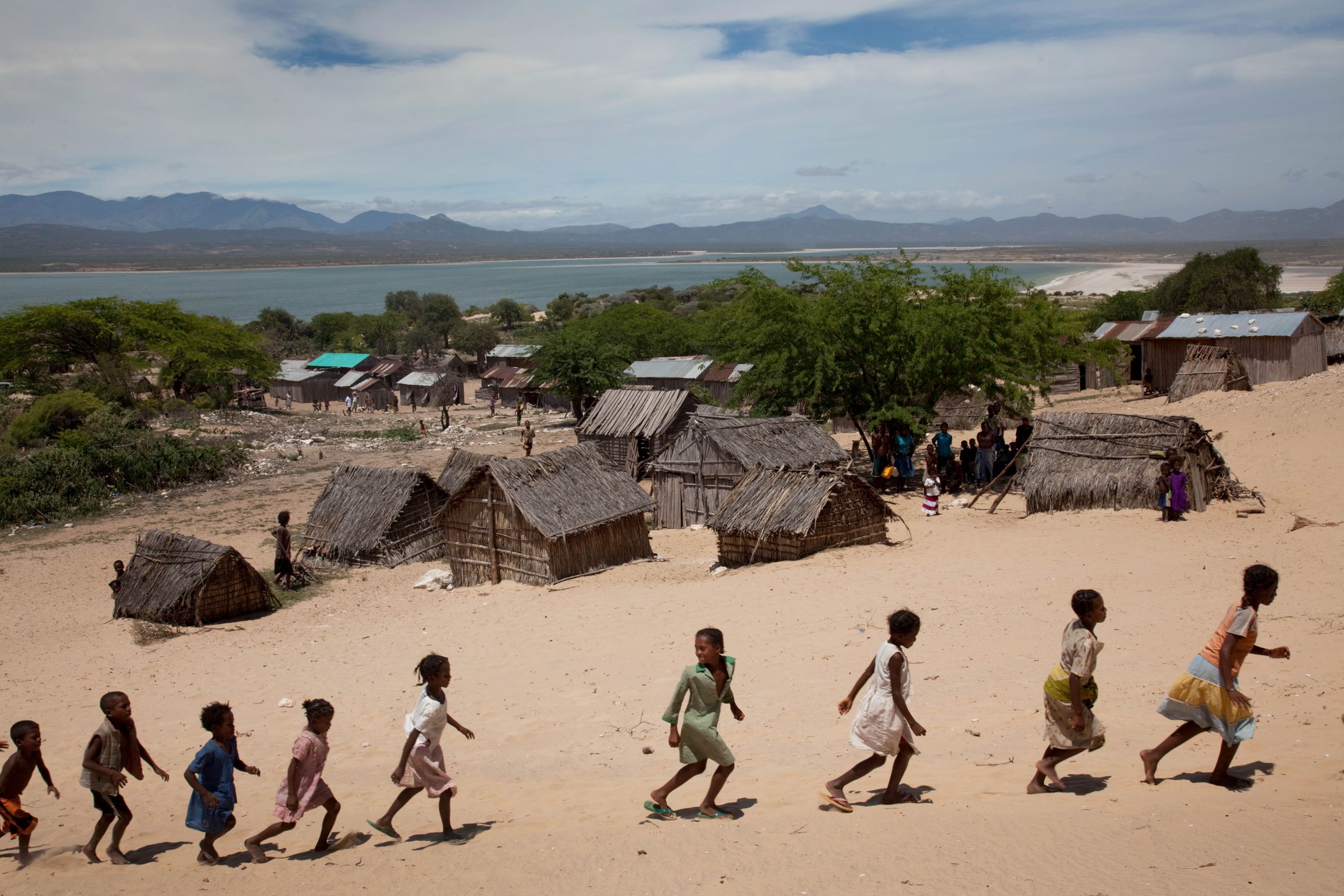
Due to a lack of water, this village is now threatened by the encroachment of sand dunes. In the background, homes made from the sisal plant are evidence of another resource the villagers are able to make use of from the land. © Photo by Ed Kashi
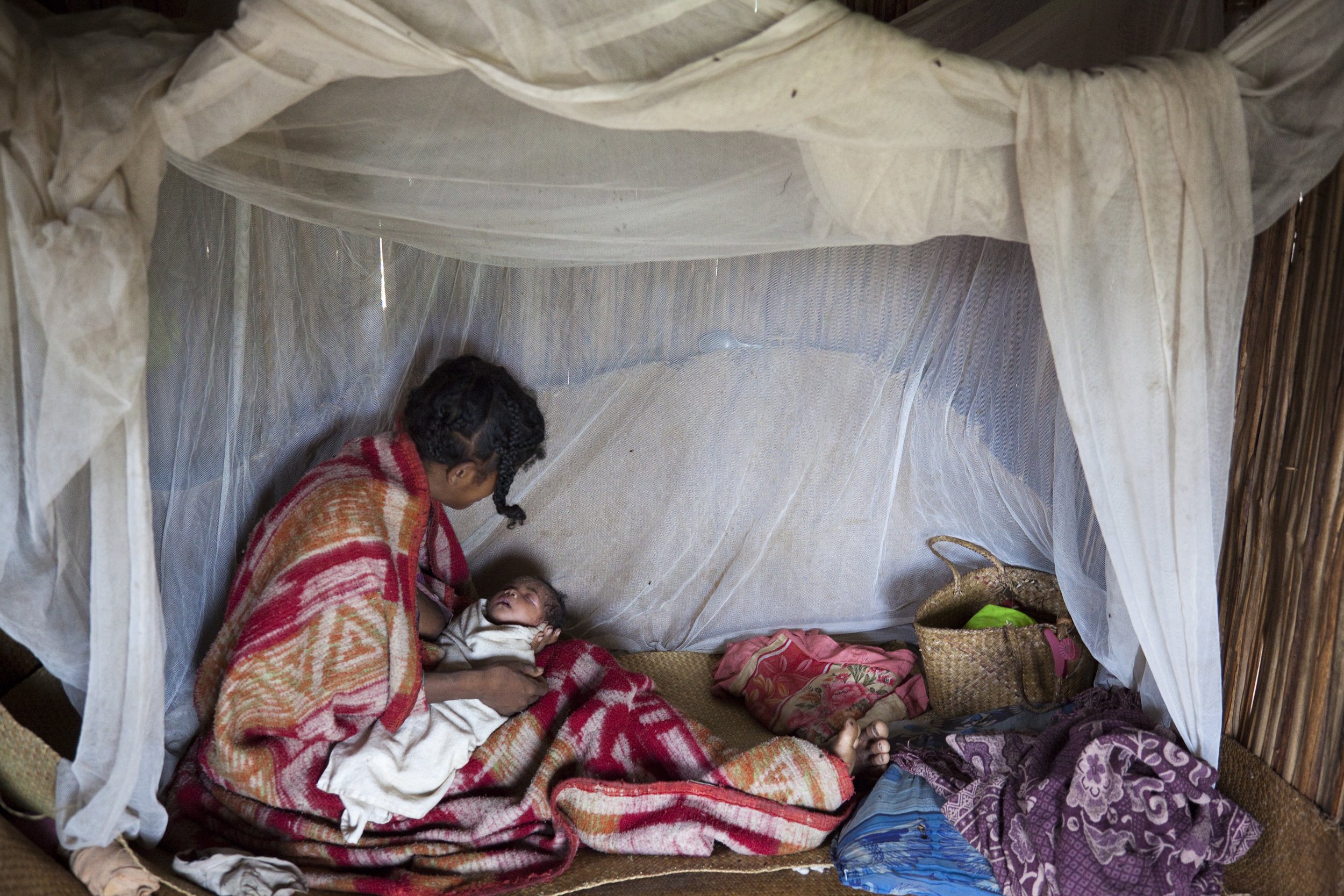
Zanazafy, 24, and her two week old son stay sequestered in this hut for the first two months of the baby's life. Infant mortality in Madagascar is one of the highest in the world and superstitions run high, so the belief is by keeping the baby and mom isolated, the baby will have a better chance of survival. © Photo by Ed Kashi
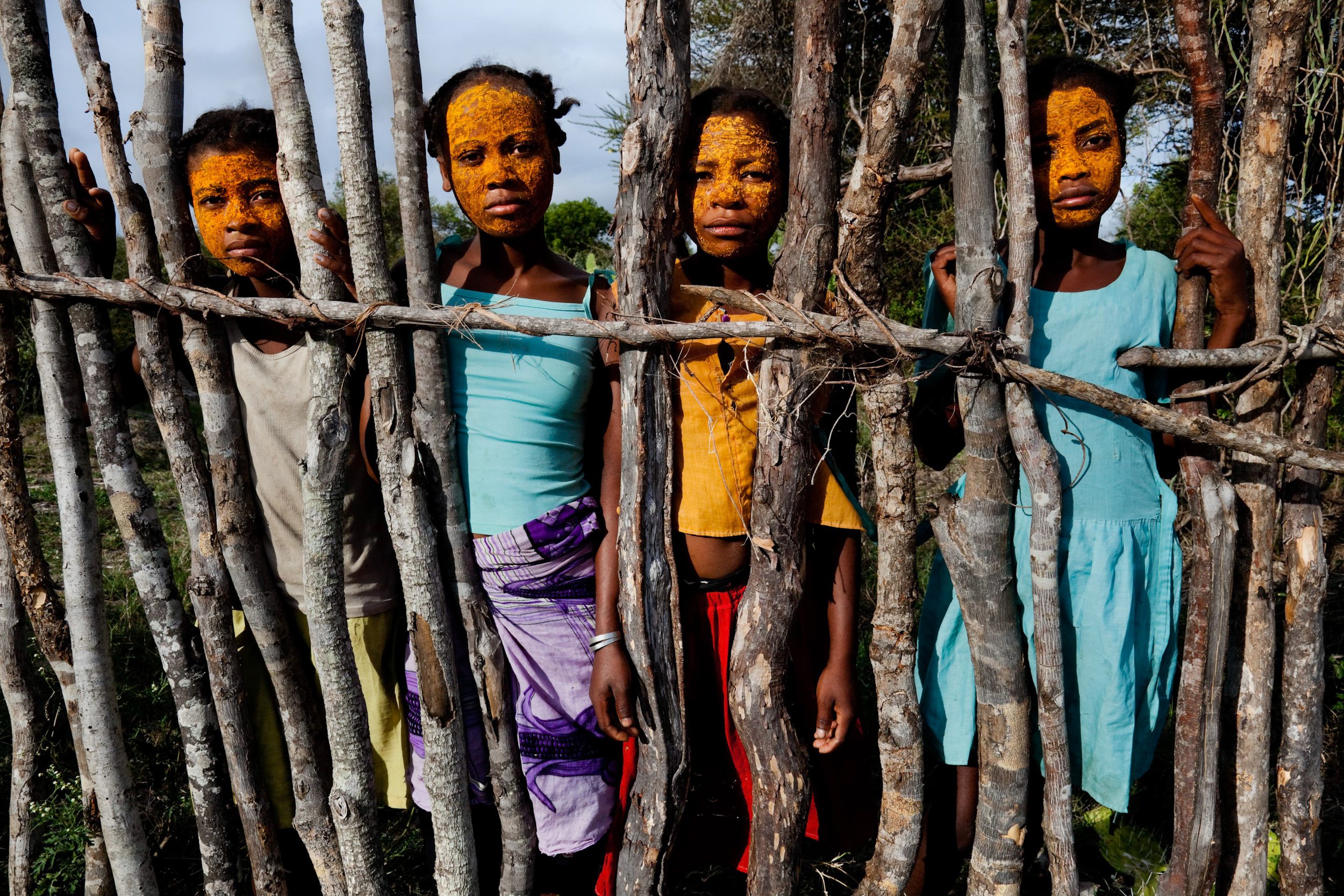
In the ritual literally translated as 'I don't want to show you,' girls as young as 11 cover their faces with the yellow paste of the tsiambara root. Played out over several days, this practice forms part of an elaborate courtship ritual in a society where marriage is seen as the only chance of financial security for many girls. © Photo by Ed Kashi

A small village in the middle of the forest which has a weekly coal market. They sell over 1500 sacks a week. © Photo by Ed Kashi

A burial stone setting commemoration, with men of the family of an older woman who recently died, parading a giant piece of granite from their village to their ancestral burial grounds, where they erect the stone in the earth. This is called tsangambato. © Photo by Ed Kashi

Rice farmers prepare their field for planting by using zebu (cattle) to soften the muddy earth so the young rice shoots will take hold deeper in the soil. This is an ancient Malagasy tradition and is called magnosy. © Photo by Ed Kashi

Women bathe and brush their teeth in a local swamp near the village of Ambandrika. They use the mud of this swamp to brush their teeth. They trust and use the land and it's resources for virtually all aspects of their lives, even if their health could be threatened. © Photo by Ed Kashi

Scenes along the road in a semi forested area. The zebu are a prized animal distinct to Madagascar. They are cattle used for milk, meat and working the land. They also represent personal wealth and are critical for marriage dowries. © Photo by Ed Kashi